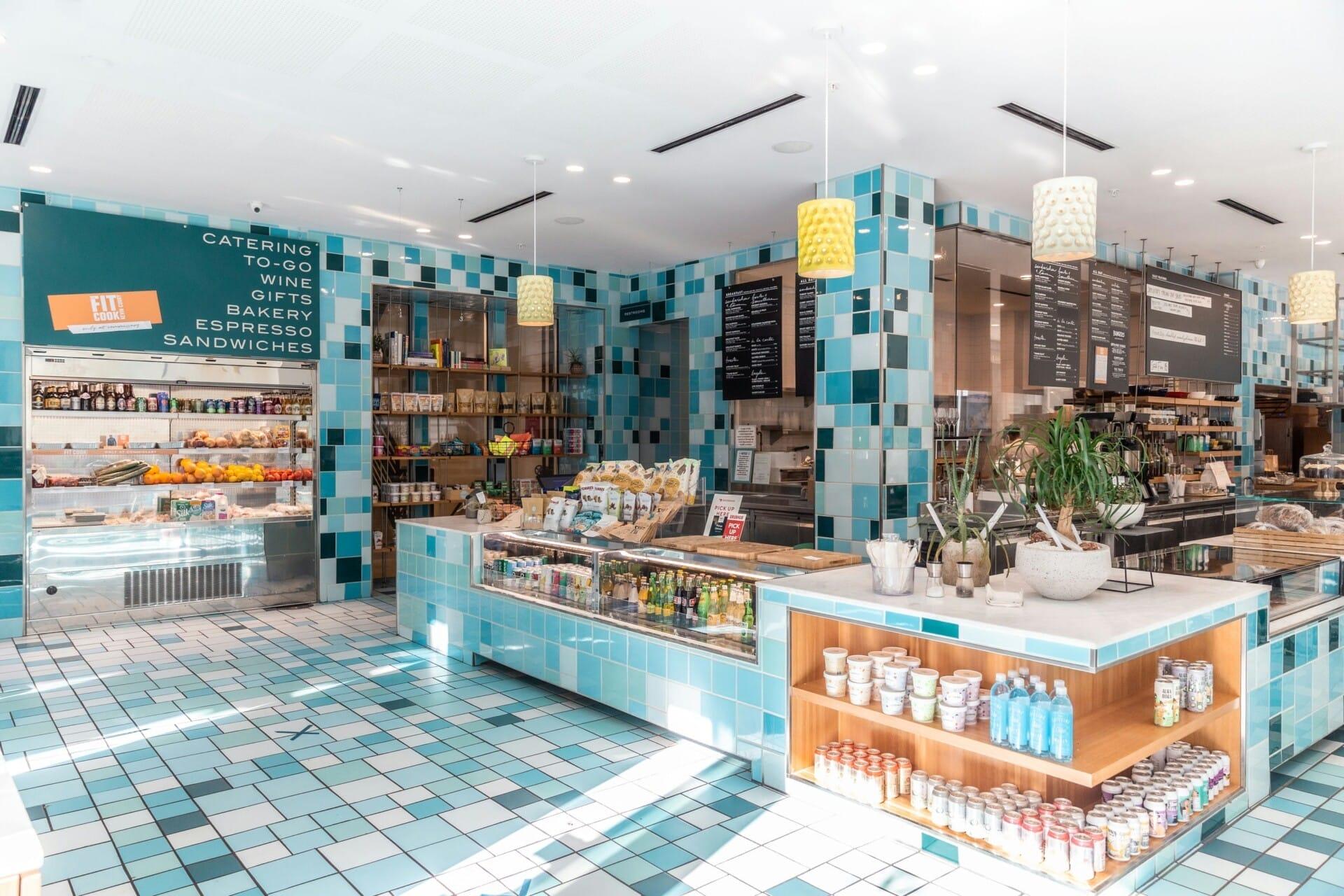Are you tired of cranking up the air conditioning while watching your electricity bill skyrocket? If you’re living in Malaysia, where the sun is just a bit too enthusiastic and humidity seems to have no off switch, finding a comfy, cool solution can feel like a losing battle. But what if I told you there’s a game-changing approach to home design that not only keeps your living space refreshingly cool but also helps you save some serious cash? Enter Passive House design! This innovative concept isn’t just for the eco-warriors; it’s a practical way for everyday Malaysians to enjoy a chill home environment without emptying their wallets. So, let’s dive into how this sustainable design can turn your home into an energy-efficient oasis! 🌞🏡
Understanding Passive House Principles for Tropical Climates
When we think about keeping our homes cool in tropical climates like Malaysia, we often jump straight to air conditioning. But what if there’s a smarter way? Passive House principles focus on creating designs that let natural ventilation do the heavy lifting. This means harnessing the breeze and relying less on mechanical cooling systems. Key strategies include:
- Proper Orientation: Positioning windows and openings to catch the coolest breezes.
- High-Performance Insulation: Keeping the heat outside with insulated walls and roofs that reduce the need for cooling.
- Shading Devices: Using awnings, pergolas, or trees to shield living spaces from direct sunlight.
Another critical aspect is air tightness to ensure that hot air doesn’t sneak into your sanctuary. Efficient ventilation systems with heat recovery can be integrated, providing fresh indoor air without letting the humidity drag your energy bills down. Here’s a quick breakdown:
| Feature | Benefit |
|---|---|
| Natural Ventilation | Reduces reliance on A/C |
| Insulation | Maintains cool interior |
| Shading | Minimizes solar heat gain |
By integrating these principles, homeowners can enjoy a comfortable climate year-round while also being economic with their energy use. Basically, you get to chill without spiking your electricity bills! Embracing Passive House design can transform living in the tropics into an affordable and sustainable experience.
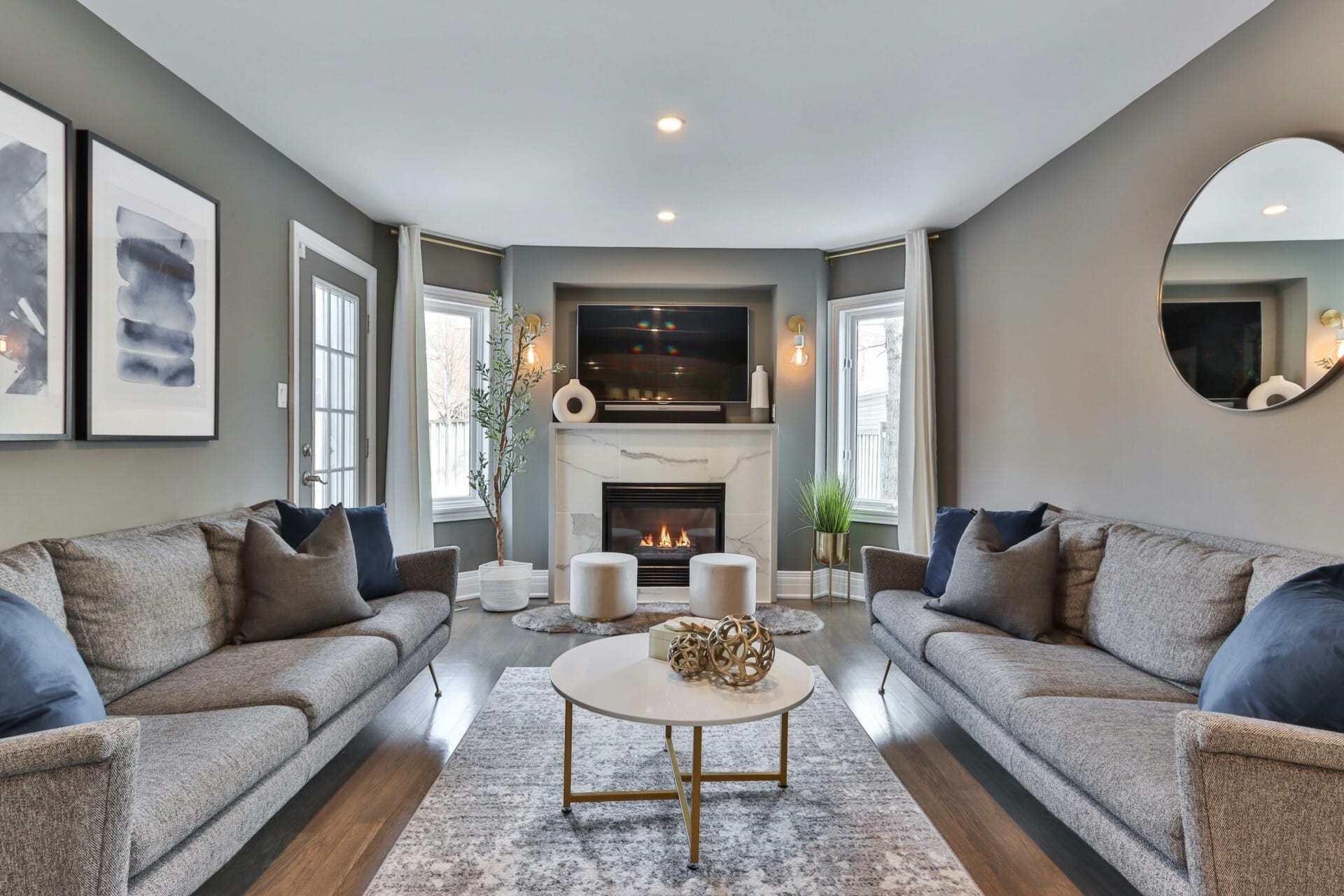
Harnessing Natural Ventilation to Beat the Heat
In the sweltering Malaysian climate, utilizing natural ventilation is not just practical; it’s a game changer for comfort and energy savings. By strategically positioning windows and doors, homes can maximize cross-ventilation, allowing cooler breezes to flow through living spaces. This design principle encourages air movement, which helps to eliminate heat buildup. Additionally, incorporating high ceilings and open floor plans plays a significant role in reducing indoor temperatures by allowing warm air to rise and escape.
Consider the placement of features such as overhangs and shading devices that block direct sunlight during the day. These elements deflect heat while enabling natural light to filter in softly. Utilizing lightweight materials in construction also supports efficient air movement, promoting a cooler indoor environment. Here are some essential points to keep in mind:
- Window Orientation: Align openings to maximize prevailing winds.
- Ventilation Stack Effect: Use height difference to facilitate air circulation.
- Landscaping: Plant trees strategically to provide natural shade.
Combining passive ventilation techniques with high-performance insulation can boost energy efficiency while keeping cooling costs low. In passive houses, the aim is to create a symbiotic relationship between the interior and exterior environments. This balance not only enhances comfort but also reduces reliance on mechanical cooling systems. Take a look at the following table for a snapshot of benefits:
| Benefit | Description |
|---|---|
| Comfort | Maintains a pleasant indoor temperature naturally. |
| Energy Efficiency | Reduces electricity bills by minimizing AC use. |
| Environmental Impact | Lowers carbon footprint through reduced energy consumption. |
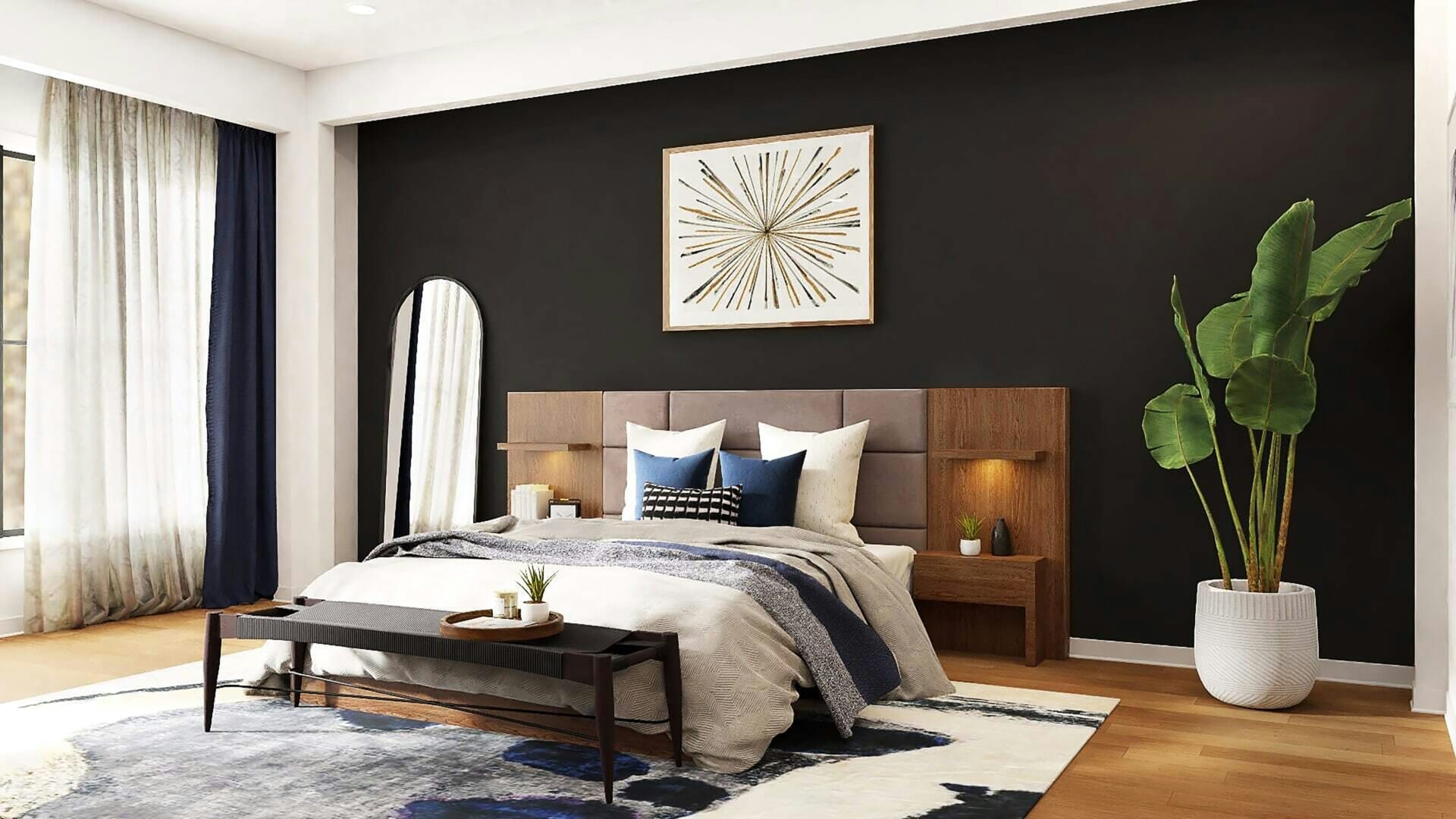
Effective Insulation Techniques for Cost-Effective Cooling
To enjoy a cooler indoor environment without cranking up the air conditioning, it’s all about how well you insulate your space. Effective insulation not only keeps heat out but allows for a comfortable living experience throughout the hot and humid Malaysian seasons. By focusing on a few key principles, homeowners can radically reduce their cooling costs. Here are some proven techniques:
- High-Quality Materials: Invest in premium insulation materials such as spray foam or cellulose. These provide superior thermal resistance and create a tight seal against the relentless heat.
- Reflective Roofs: Consider using heat-reflective roofing materials. They prevent heat absorption, thus maintaining optimal temperatures inside and significantly lowering reliance on air conditioning.
- Strategic Ventilation: Airflow is crucial; proper vent placement allows hot air to escape and cool breezes to circulate. Utilizing natural cross-ventilation techniques can also enhance cooling efforts.
Another effective method to combat heat is by looking at your windows. Double-glazed windows work wonders by creating an insulating barrier that keeps the heat outside. Furthermore, using reflective or tinted films can minimize solar gain, ensuring the interior remains pleasant even during the hottest parts of the day. Also, don’t forget to harness the natural shade provided by landscaping; trees and plants can dramatically reduce heat infiltration.
| Insulation Technique | Benefits |
|---|---|
| High-Quality Materials | Excellent heat resistance, reduces cooling costs |
| Reflective Roofs | Minimizes heat absorption, cooler indoors |
| Double-Glazed Windows | Blocks heat transfer, enhances comfort |
don’t underestimate the impact of thermal mass. Incorporating materials like concrete or brick into your design can help regulate indoor temperatures as they absorb and release heat gradually. By opting for well-structured insulation and strategic building designs, you can create a harmonious environment that keeps those cooling bills within budget while ensuring a chill vibe all year round.
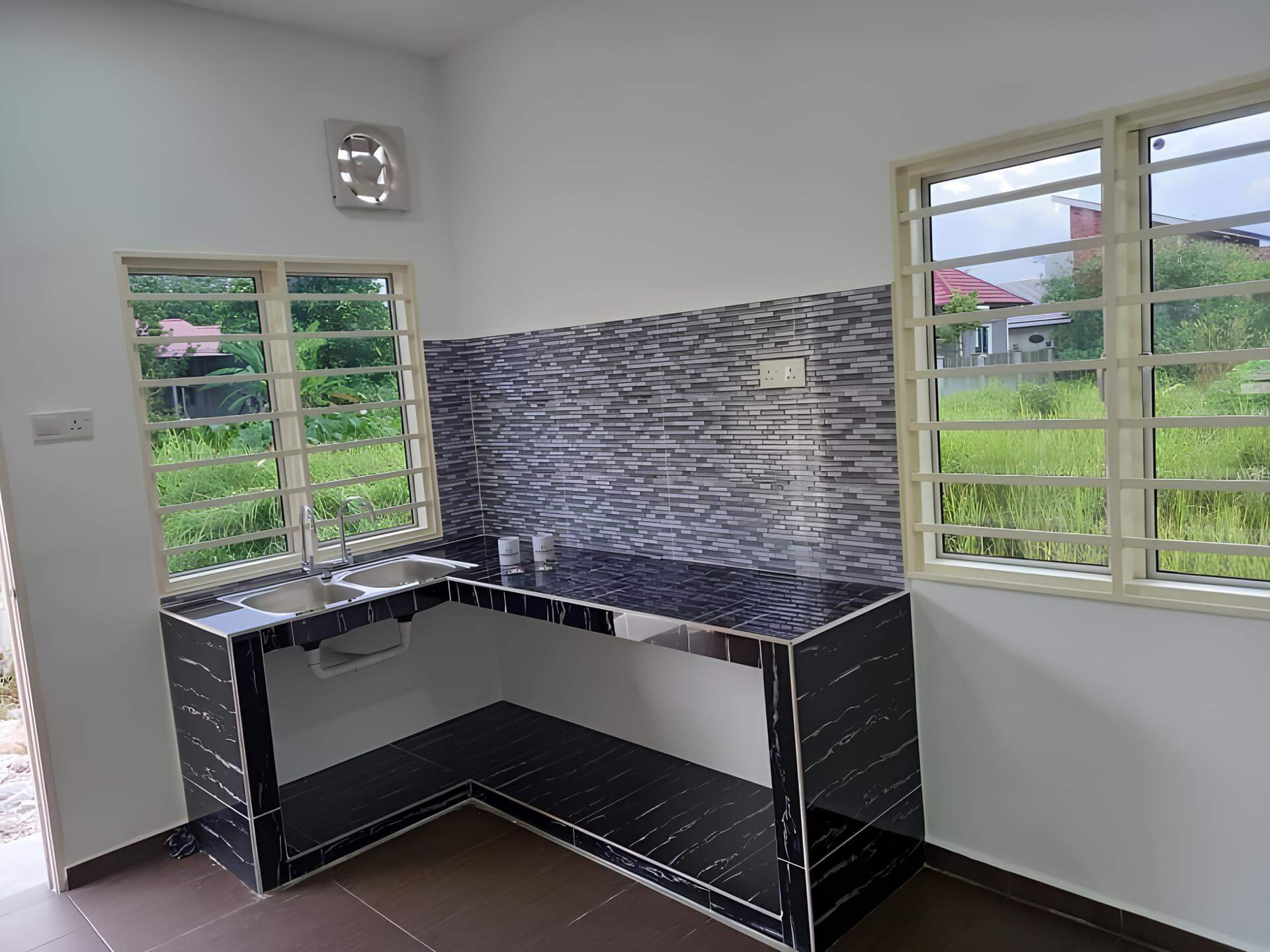
Selecting Sustainable Materials for Energy Efficiency
When it comes to designing a home that maximizes energy efficiency, the materials you choose play a crucial role. Opting for sustainable materials not only reduces your carbon footprint but can also shrink your energy bills over time. Look for options that have a lower environmental impact, such as:
- Recycled Wood: Great for flooring or beams, it brings rustic charm while being easy on the planet.
- High-Performance Glass: Invest in double or triple glazed windows to minimize heat gain while keeping your interiors cozy.
- Insulation Made from Recycled Materials: Such as cellulose, helps in keeping the heat where it belongs – inside your home during chilly nights.
Another factor to consider is the thermal mass of the materials. Choosing materials that absorb and slowly release heat can naturally regulate your home’s temperature, keeping it cool without relying heavily on air conditioning. Here’s a quick comparison of some popular materials:
| Material | Thermal Mass | Eco-friendly Rating |
|---|---|---|
| Adobe | High | Excellent |
| Concrete | Moderate | Good |
| Wood | Low | Good |
Don’t forget about the aesthetics! Sustainable materials can also bring unique character to your home. From bamboo flooring to recycled metal roofing, eco-friendly choices can help you create a stylish yet energy-efficient living space. By blending function with creativity, you’ll be contributing to a healthier planet while keeping your wallet happy. Choosing wisely means embracing a lifestyle that benefits both you and the environment!
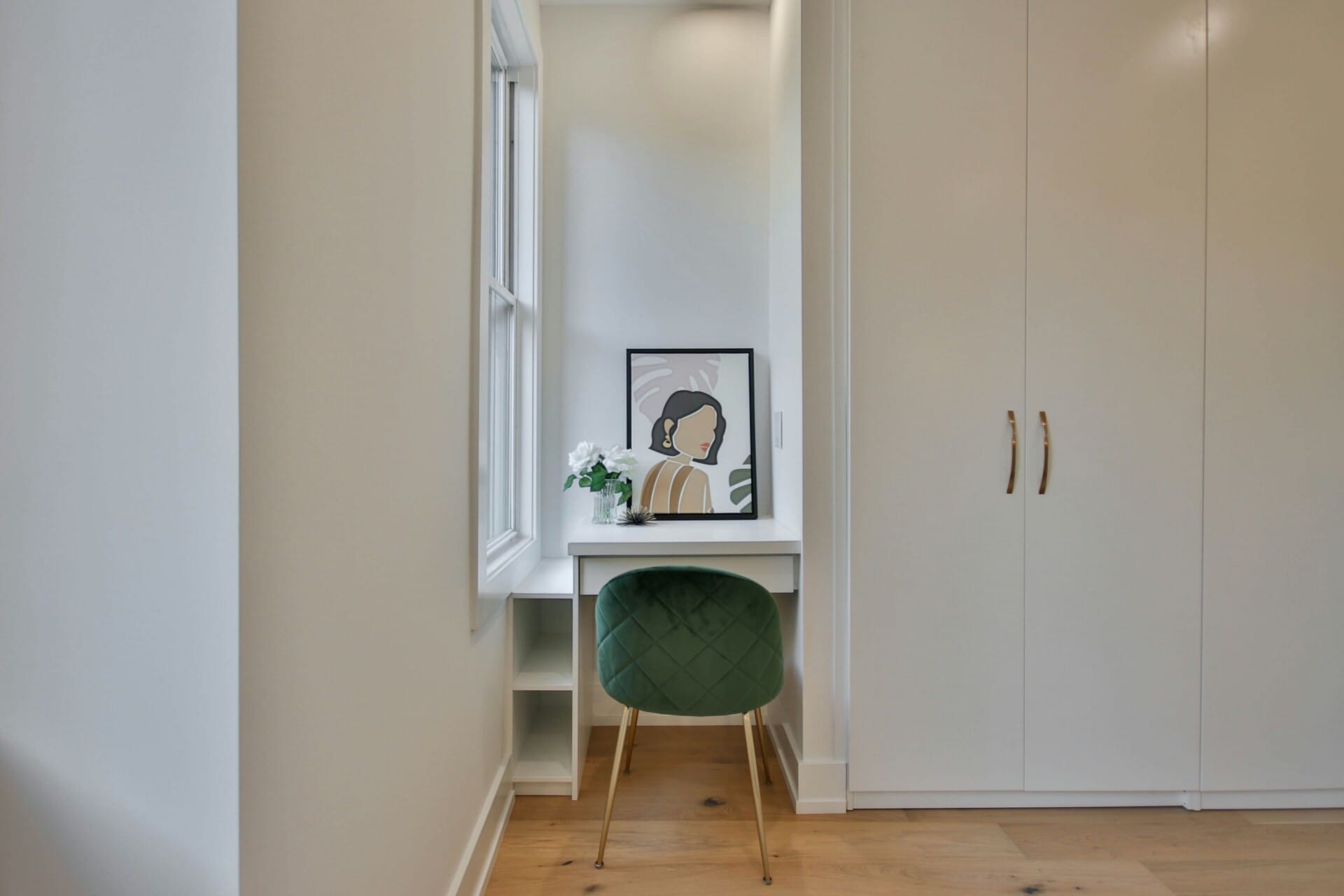
Smart Orientation and Layout to Maximize Comfort
Achieving the perfect balance between aesthetics and functionality in home design is all about orientation and layout. By strategically placing windows and walls, you can harness natural light and airflow, making your living space feel more comfortable without cranking up the air conditioning. For instance, positioning larger windows towards the north—not only lets in abundant light but also keeps the house cooler, reducing energy bills. Try to incorporate awnings or shutters to shade those windows, helping to block the sun’s intense heat during the peak hours.
When it comes to layout, think about the flow of air throughout your home. Planning for an open-concept design allows for better circulation, keeping the environment breezy. Adding cross-ventilation by aligning windows and doors on opposite sides of the house can dramatically enhance airflow, reducing the need for electric fans or air conditioning. For added comfort, consider using natural materials like bamboo or wood, which can help regulate temperature and create a more inviting atmosphere.
| Design Feature | Benefit |
|---|---|
| Strategic Window Placement | Maximizes natural light and reduces heat gain |
| Open Floor Plan | Enhances air circulation and flow |
| Cross-Ventilation | Decreases reliance on mechanical cooling |
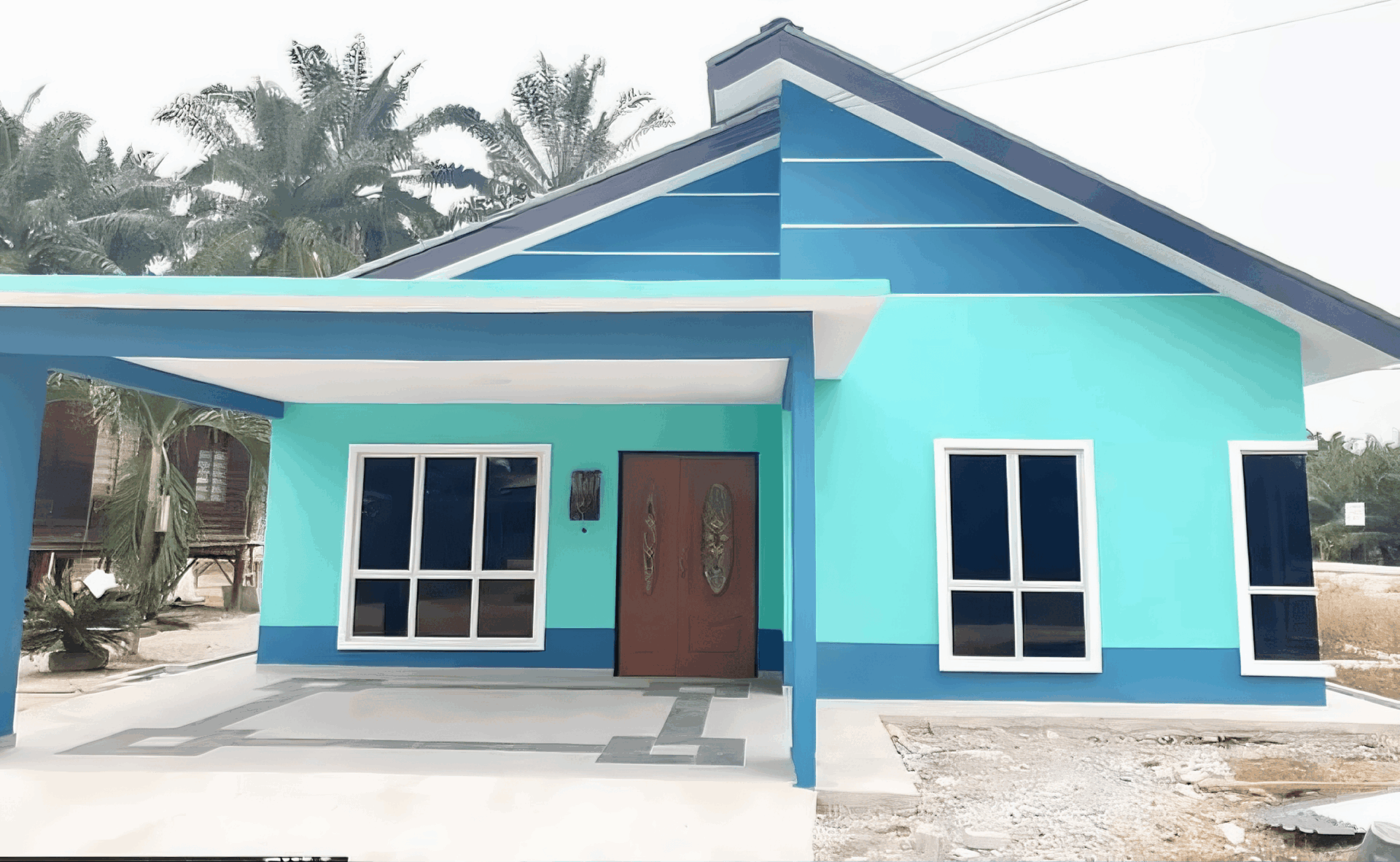
Low-Cost Landscaping Strategies to Enhance Cooling
Landscaping doesn’t have to cost a fortune to provide relief from the blistering heat. One of the simplest ways to cool down your outdoor space is through the strategic placement of trees and shrubs. By planting shade-providing trees like mango or rambutan around your home, you not only create a cooler microclimate but also reduce your energy costs. Position these trees to block direct sunlight from hitting your windows and roof during peak hours. If you’re tight on space, consider vertical gardens or climbing plants like bougainvillea to give you that green coverage without taking up too much room.
Another budget-friendly idea is to incorporate ground cover plants that are native to Malaysia. Plants like pandan and lemongrass not only look great but also have natural cooling properties. They can help insulate the ground and reduce heat buildup around your home. Plus, these plants require minimal maintenance and can thrive in the local climate. You can also consider using mulch or pebbles to cover bare soil, which helps retain moisture and keeps the heat at bay.
Lastly, think about creating hardscapes that reflect the light rather than absorb it. Light-colored pavements or tiles for pathways can help cool down the surrounding area effectively. Adding a simple water feature like a small fountain can also contribute to lowering the temperature and enhancing the overall ambiance. Here’s a quick comparison of some landscaping options:
| Landscaping Option | Cooling Effect | Cost Level |
|---|---|---|
| Shade Trees | High | Medium |
| Ground Cover Plants | Moderate | Low |
| Light-Colored Surfaces | Moderate | Low |
| Water Features | High | Medium |
Incorporating Renewable Energy Solutions for Savings
Integrating renewable energy into your home can be a game-changer when it comes to saving those precious ringgits. By tapping into the power of the sun, you can drastically reduce your electricity bills. Solar panels, for instance, are becoming increasingly popular across Malaysia, thanks to our year-round sunshine. Not only do they lower your dependence on traditional energy sources, but they also help in making the environment a little greener.
Another fantastic option is to consider solar water heaters. These beauties can heat up your water without using a single drop of electricity, working wonders in our hot climate. By harnessing solar energy, you can enjoy warm showers without stressing about how high your electric bill will be. Plus, the savings really add up over time, giving you more flexibility to spend on things you love!
To make it all even more appealing, let’s break down how some of these solutions can be financially beneficial. Here’s a quick comparison table that highlights the potential savings you could enjoy with renewable energy installations:
| Energy Solution | Initial Cost (Approx.) | Monthly Savings |
|---|---|---|
| Solar Panels | RM 10,000 | RM 300 |
| Solar Water Heater | RM 3,000 | RM 150 |
| Smart Thermostats | RM 500 | RM 50 |
By making these eco-friendly changes, you’re investing not just in your home’s future but in a lifestyle that’s easier on your wallet. Plus, it feels good knowing you’re contributing to a healthier planet while enjoying the comfort of your breezy, cool space!
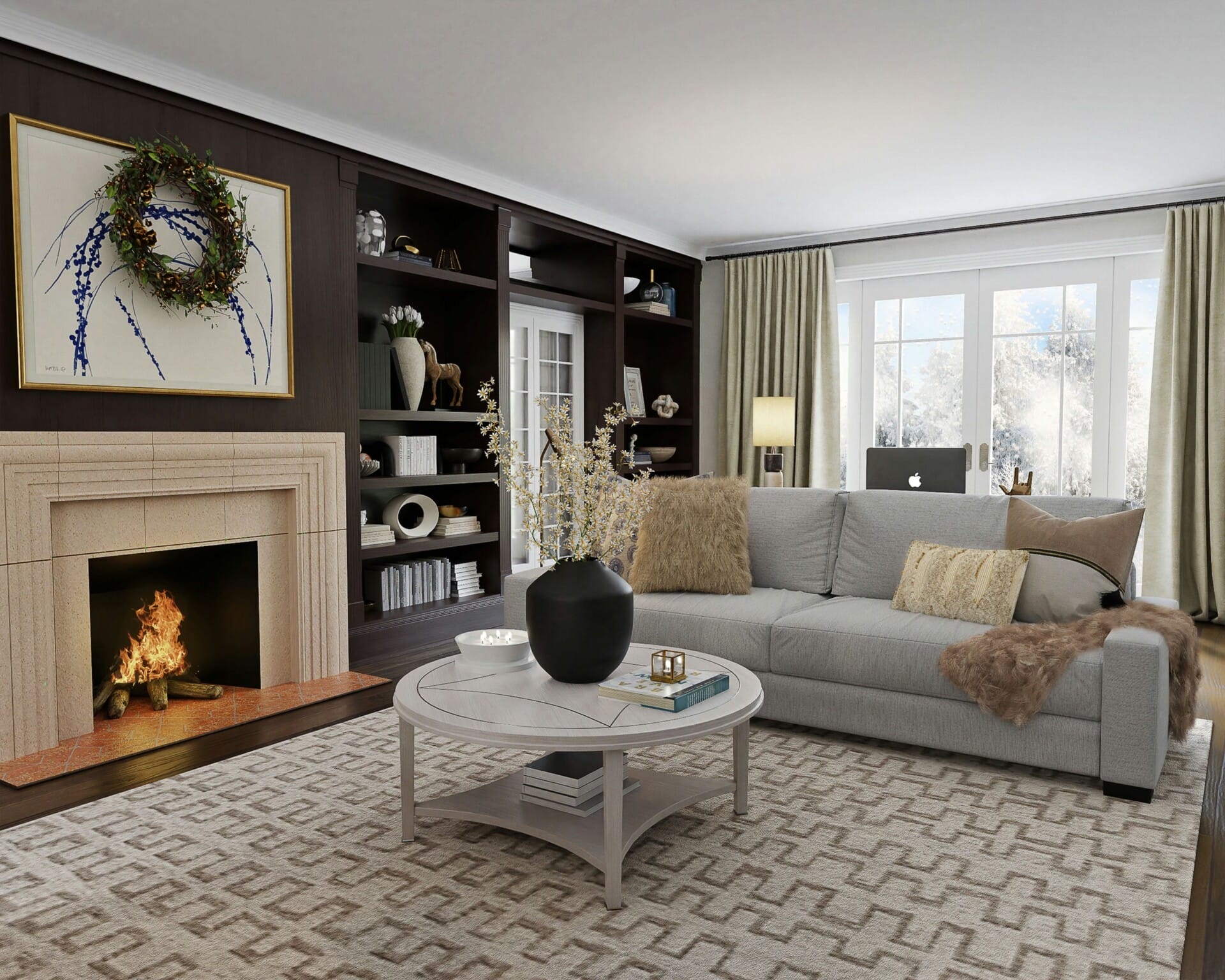
Real-Life Success Stories of Passive House Adaptations in Malaysia
In Retrospect
And there you have it—how Passive House design can be a game changer for keeping our Malaysian homes cool without sending our wallets into a tailspin! 🌬️✨ By embracing these smart building techniques, we can create comfy, breezy living spaces that don’t just feel good, but also save us money on those pesky energy bills.
As the heat cranks up, it’s clear that making eco-friendly choices is not just about sustainability—it’s about your comfort and your finances too. So, whether you’re planning to build, renovate, or just daydreaming about your future home, consider going the Passive House route. With a little innovation, we can keep cool while being kind to our planet and our wallets.
Thanks for reading, and may your days be cool and your bills low! Until next time, stay chill, everyone! 😎✌️
Source link
kontraktor rumah
bina rumah
pinjaman lppsa
pengeluaran kwsp
spesifikasi rumah
rumah batu-bata
pelan rumah
rekabentuk rumah
bina rumah atas tanah sendiri
kontraktor rumah selangor
rumah banglo
